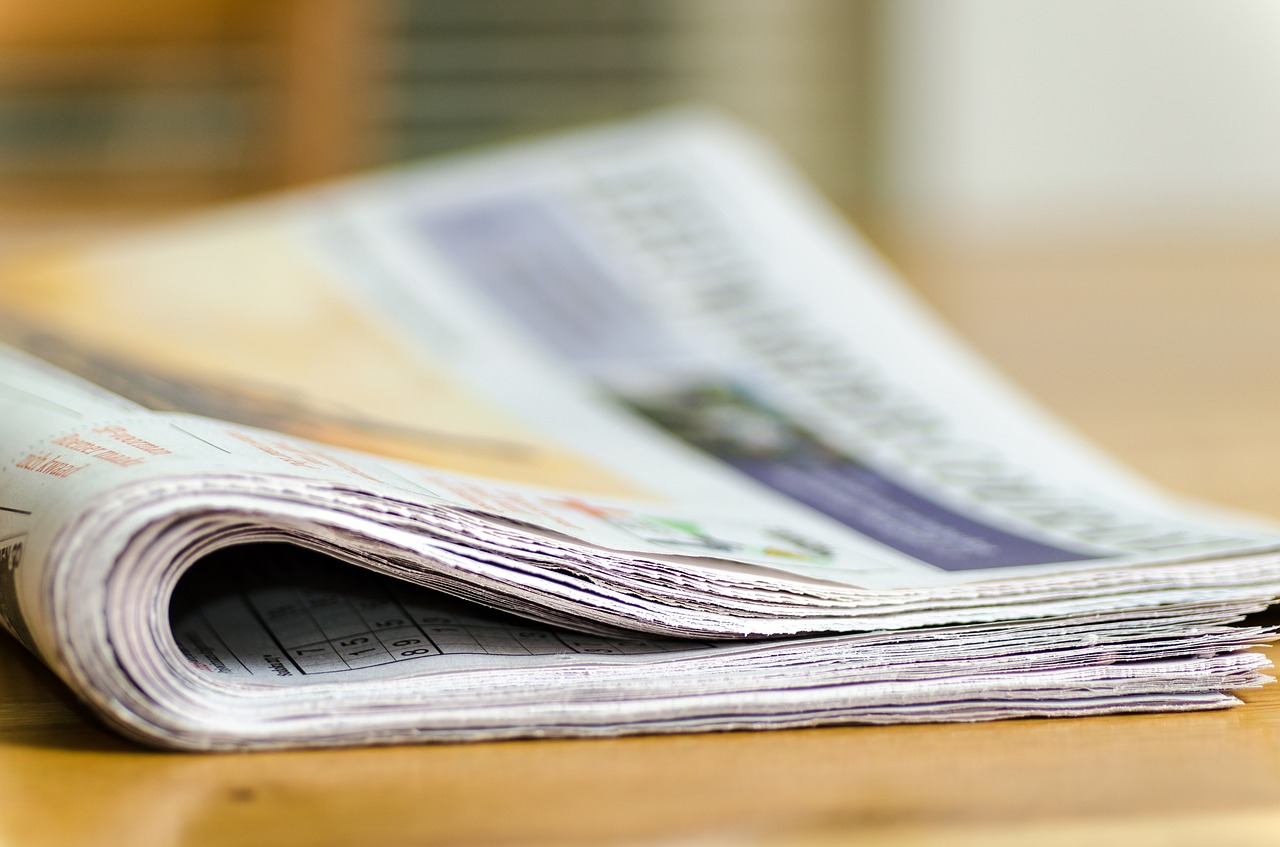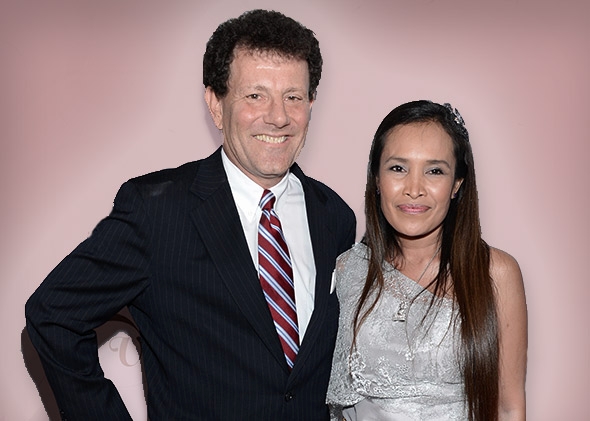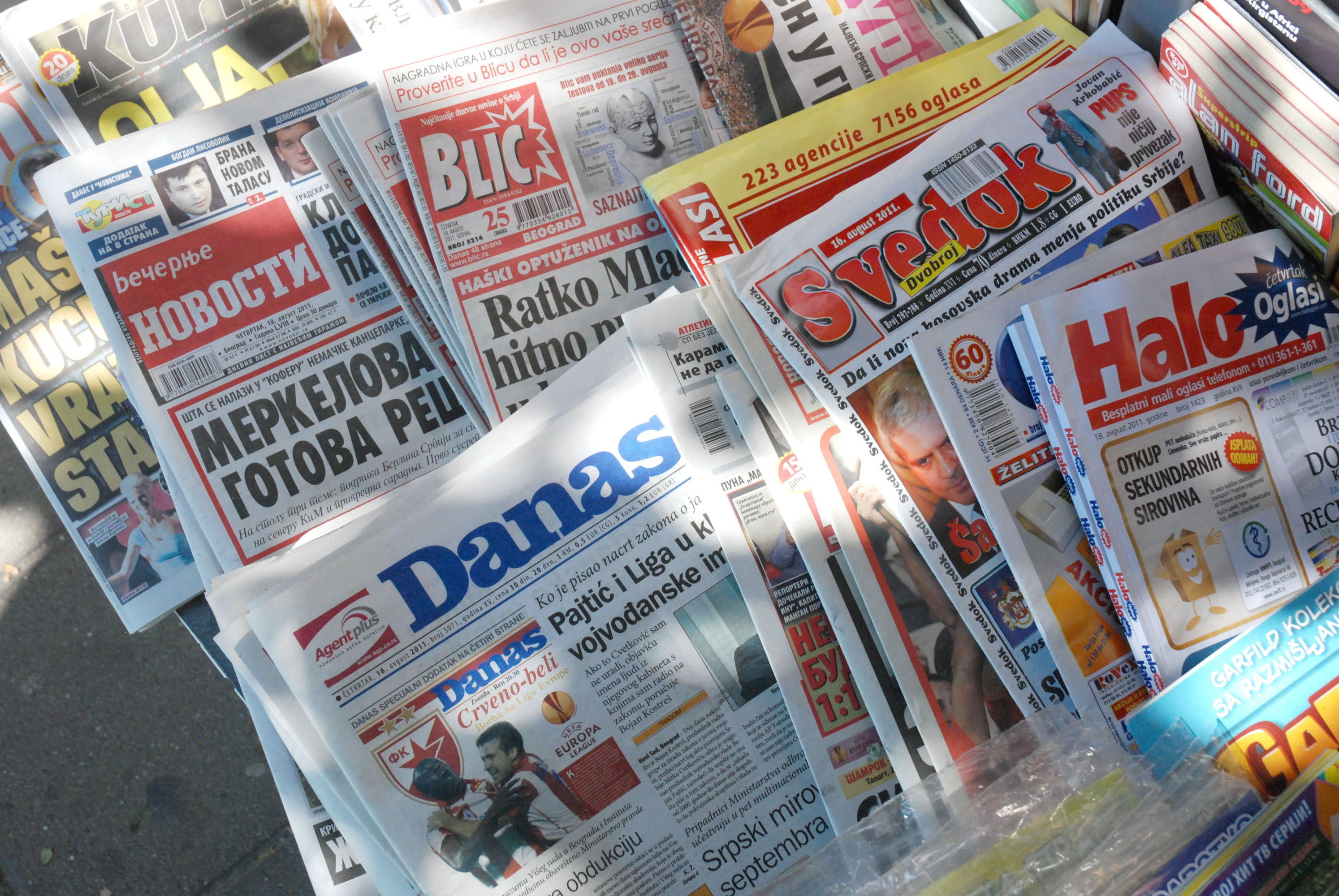Introduction
In the realm involving literature, humor has demonstrated that they are a powerful tool, enabling editors to entertain, educate, and also challenge conventional beliefs. Through this landscape, the interplay among gender and humor possesses garnered increasing attention. In the past, gender stereotypes have swayed how humor is the two portrayed and perceived. This information delves into the intricate relationship between gender and sense of humor in writing, seeking to break prototypes and encourage a more comprehensive and equal literary entire world.
The Historical Context
All through history, societal norms and also expectations have shaped the humor expressed by personals. Traditional gender roles normally confined women to narratives centered around domesticity, though men were depicted much more diverse roles. As a result, laughs authored by men has been often perceived as more universal and relatable, while ladies were limited to specific humor catégorie.
Stereotypes and Their Impact
Images surrounding gender and laughs persist, affecting how editors are perceived based on most of their gender. Women writers are often expected to produce writing that aligns with conventional womanly attributes, such as nurturing, empathy, and sensitivity. On the other hand, these are often encouraged to adopt an even more assertive and direct method to humor.
Breaking the Black mold: Contemporary Perspectives
Fortunately, stylish literature is challenging most of these stereotypes. Writers, regardless of sex, are embracing a wide array of joy styles and themes, transcending traditional expectations. Satire, schokohäutige humor, and irony are increasingly being employed to address social complications, politics, and even gender-related activities.
Strategies for Equality
1 . Diversified Representation
Encourage a diverse expression of writers in all races. Publishing platforms should shoot for include a balance of suggests, ensuring that narratives are not reduced by gender stereotypes.
2 . Educational Initiatives
Educational institutions should bear an environment where aspiring authors are exposed to a variety of humor kinds and genres. This exposure can help break preconceived symbole and encourage creativity more than gender expectations.
3. Enhance Inclusive Writing Workshops
Plan workshops that focus on inclusivity and diverse writing designs. By promoting equality during these spaces, aspiring authors will gain https://www.personalstatementsample.net/university-personal-statement-examples/ confidence to break prototypes and infuse their unique wit into their work.
Case Experiments: Writers Breaking Stereotypes
1 . Virginia Woolf
Virginia Woolf, an early 20th-century writer, inhibited gender norms through their satirical and darkly comical essays. Her works broke free from the limitations of the technology, paving the way for a more equal representation of hilarity in writing.
2 . David Sedaris
David Sedaris, a contemporary men’s writer, demonstrates that funny can be both witty and sensitive. His works explore personal experiences, blending vulnerability and humor seamlessly, therefore debunking the notion that funny must be strictly gendered.
Exactly how Forward
Efforts to test gender stereotypes and create inclusivity in humor should be a collective endeavor. Writers, publishers, educators, and readers ought to collectively advocate for a fictional world where humor is actually celebrated in all its forms, no matter what gender. By doing so, we can contribute to a more equal, diverse, and enriching literary landscape.
Bottom line
Gender should not be a restricting factor when it comes to humor in writing. Breaking free from stereotypes enables a richer tapestry associated with humor, representing the diversified experiences and perspectives coming from all individuals. Through conscious hard work, we can redefine the way wit is perceived and expressed, creating a literary world that is inclusive, equal, and vibrant.





